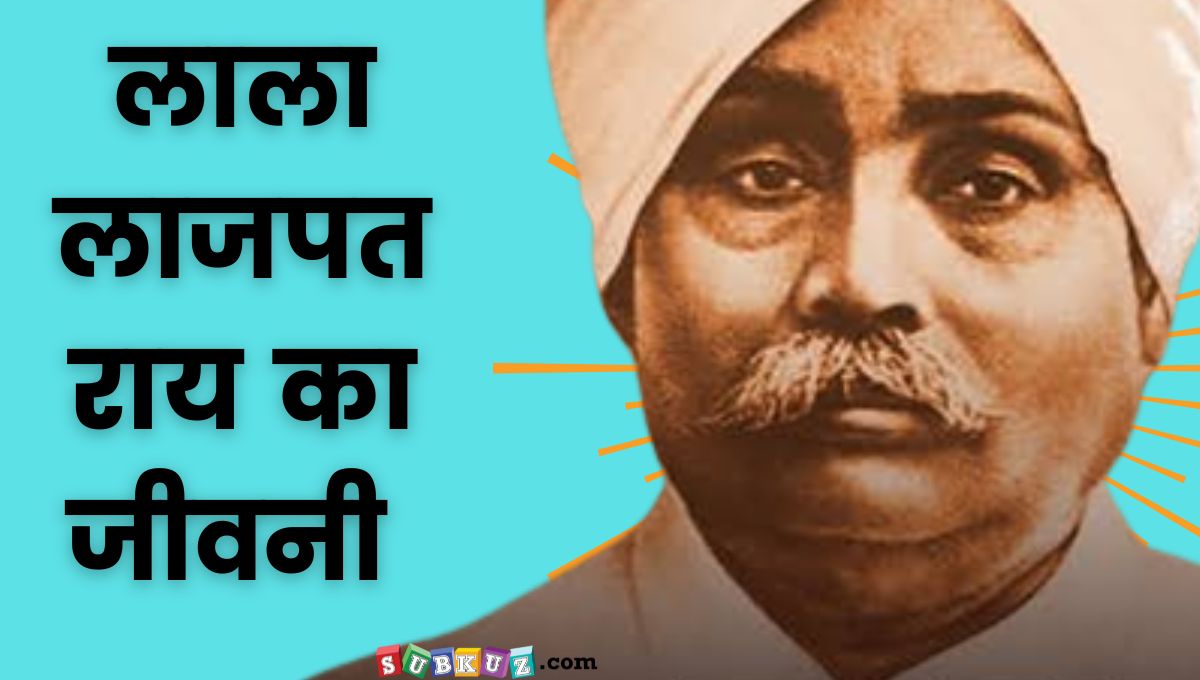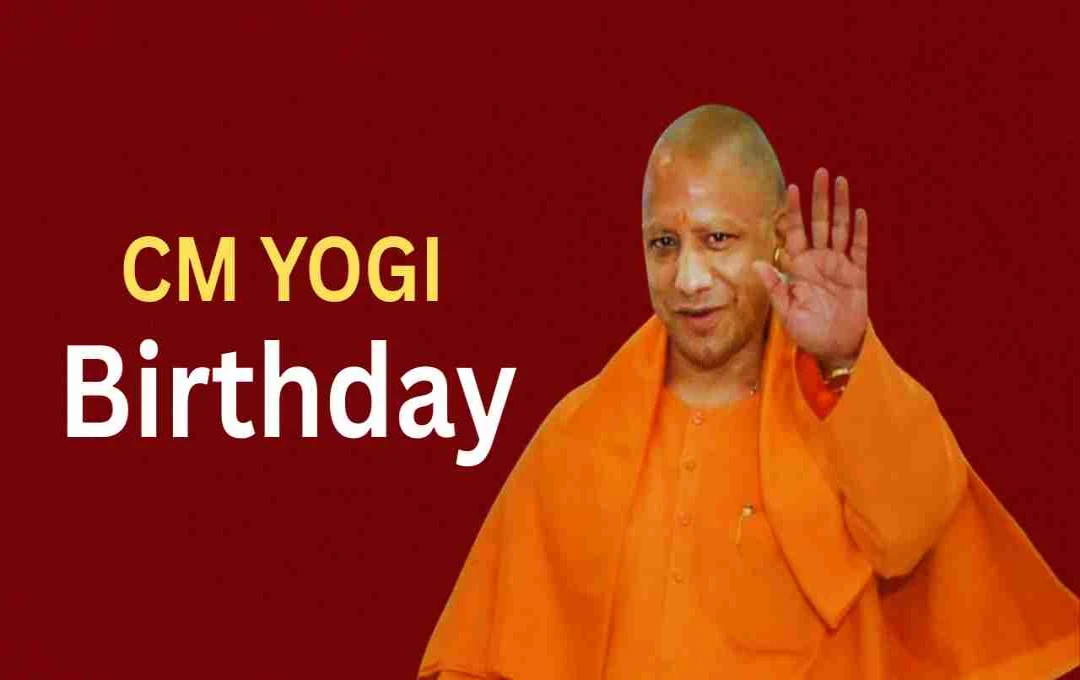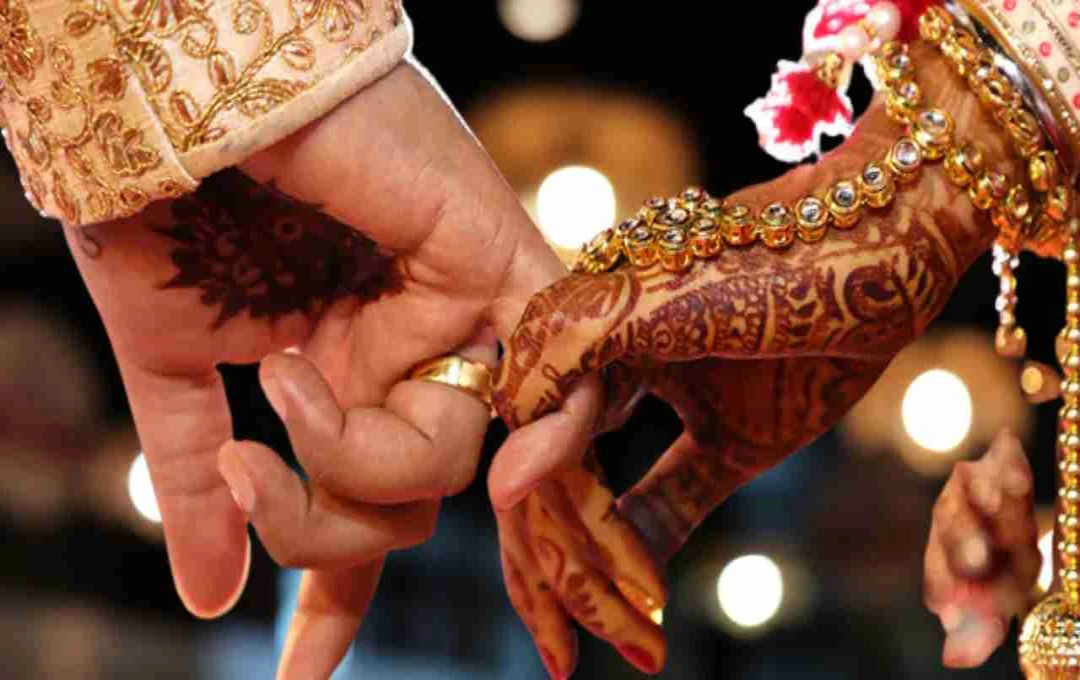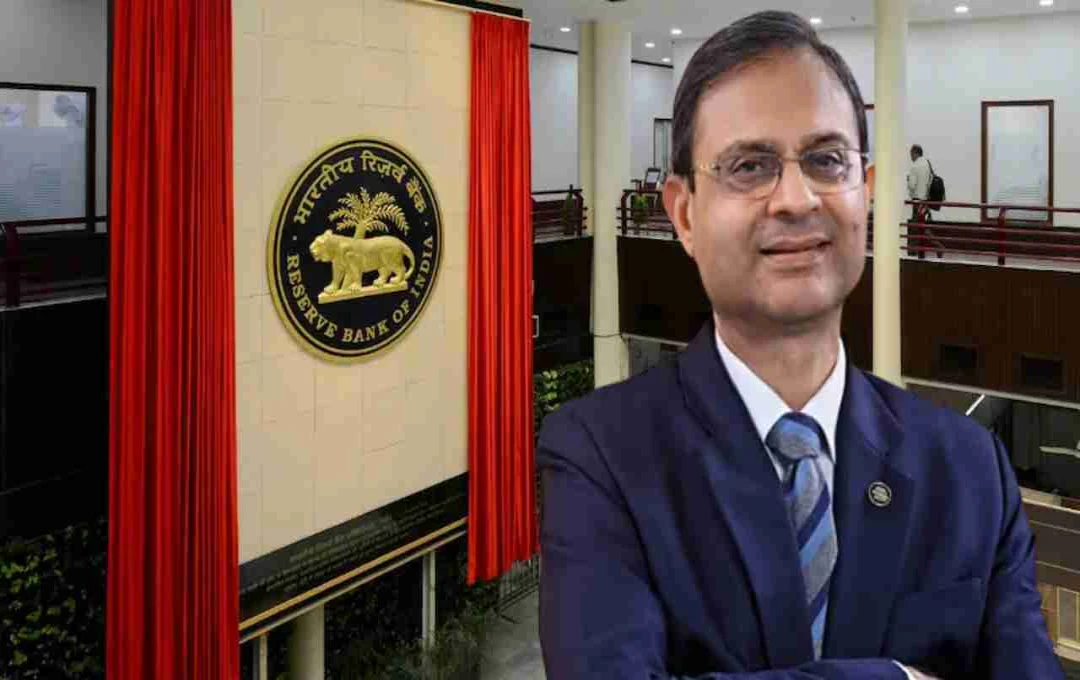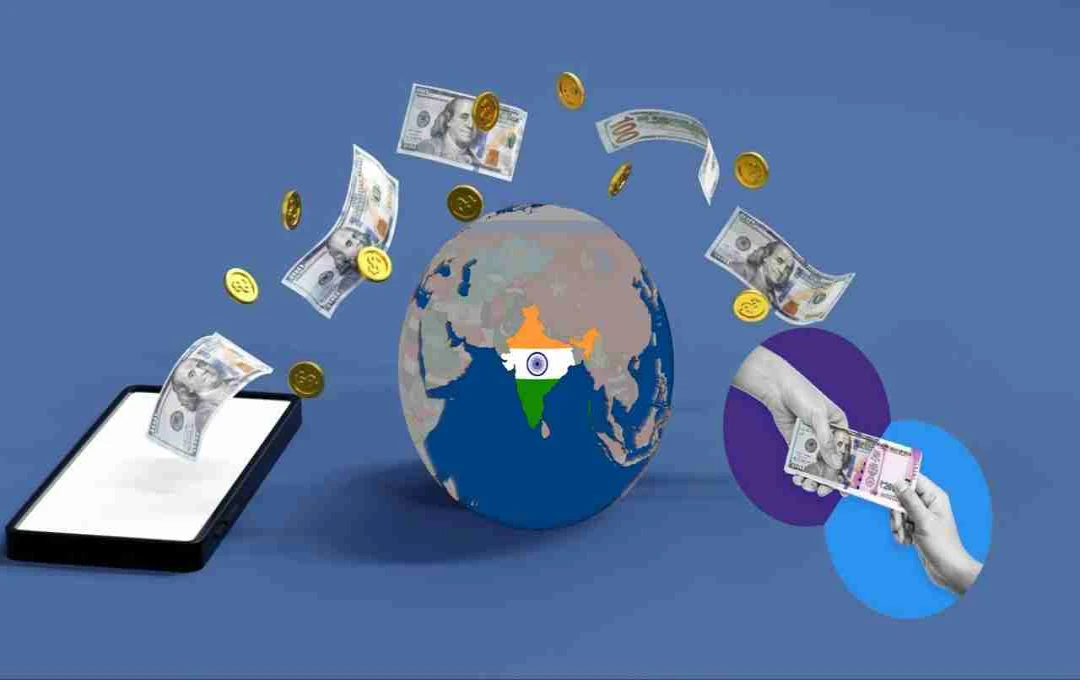We all know and understand that the breath of freedom we take in independent India today fills us with pride. Many great individuals sacrificed their entire lives in this freedom struggle. Some endured harsh imprisonment, some became martyrs, and some faced the gallows with a smile. Subkuz.com brings you stories of such heroes. Today, we discuss the life of Punjab Kesari, Lala Lajpat Rai.
Lala Lajpat Rai played a significant role in liberating enslaved India. He was one of the three prominent leaders of the Indian freedom struggle, known as Lal-Pal-Bal. Lala Lajpat Rai was not only a true patriot, a courageous freedom fighter, and a great leader, but also a prolific writer, lawyer, social reformer, and Arya Samajist. The land of India has always been the mother of heroes. Many such heroes emerged in India's freedom struggle, who did not hesitate to sacrifice their lives for the country's independence. One such valiant son was the Lion of Punjab, Lala Lajpat Rai. He was a great warrior of the Indian freedom struggle who sacrificed his life for the country, dedicating every aspect of his life to it.
Birth and Early Life:
Lala Lajpat Rai was born on January 28, 1865, in the Moga district of the Punjab province, into a Vaishya family. His mother, Gulab Devi, was from a Sikh family, while his father, Lala Radhakrishnan, was well-versed in Urdu and Persian and resided in Ludhiana. His father adhered to Muslim religious practices of prayer and fasting. He was the eldest son.
Education:
Lala Lajpat Rai's father was a teacher in a government high school, so his early education began there. He was a brilliant student from a young age. After completing his schooling, he enrolled at the Government College, Lahore, in 1880, to pursue law and completed his legal studies. In 1882, he passed both the law and mukhtar (junior lawyer) examinations simultaneously. During his college days, he came into contact with nationalist figures and freedom fighters like Lal Hans Raj and Pandit Guru Dutt. Lajpat Rai was a proponent of adopting revolutionary methods to liberate India from British rule. He opposed the policies of the Indian National Congress, believing them to have a negative impact. He advocated for complete independence.
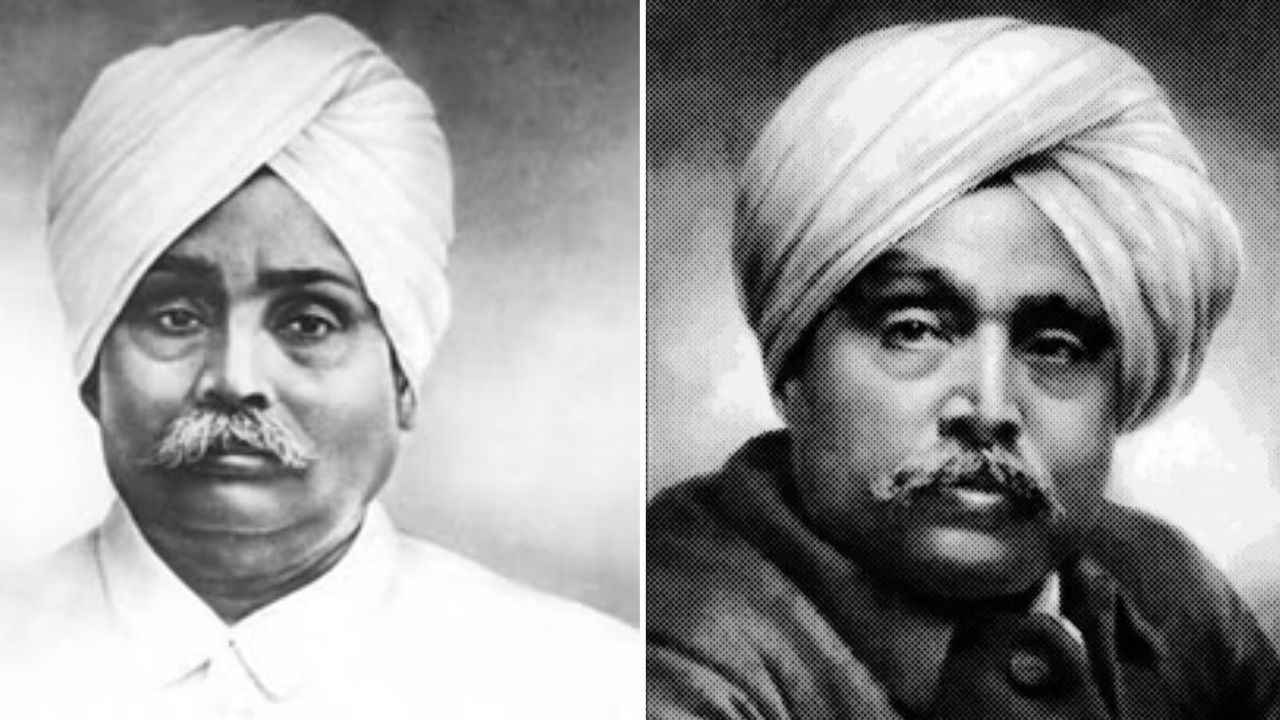
Political Life:
In 1888, he participated in the Congress session in Allahabad for the first time. When the British partitioned Bengal in 1905, Lajpat Rai joined forces with Surendranath Banerjee and Bipin Chandra Pal to protest this decision. He actively led the Swadeshi movement across the country. In 1906, he travelled to England with Gopal Krishna Gokhale as a member of the Congress delegation. From there, he went to America. In 1907, the government exiled him to Mandalay, Burma, along with Sardar Ajit Singh. He was one of the leading figures in the radical faction of the Congress. During World War I, he again went to England with a Congress delegation. From there, he went to Japan and then to the United States. On his return to India in February 20, 1920, the Jallianwala Bagh massacre had already taken place. In 1920, as president of the All India Students' Federation, organized in Nagpur, he urged students to join the national movement. In 1925, he was appointed president of the Hindu Mahasabha's Calcutta session. In 1926, he became the country's labor representative in Geneva.
Social Work:
Lala Lajpat Rai is remembered not only for his political contributions but also for his social work. During the devastating famine across North India from 1896 to 1899, he provided relief to the affected people. He rescued children who were being converted to Christianity and sent them to Arya orphanages in Ferozepur and Agra. During the devastating earthquake in Kangra in 1905, he served the people and provided relief. He again aided the people during the severe famines in the United Provinces and Central Provinces in 1907-08.
Interesting Childhood Story:
A picnic was organized by the school, and Lala Lajpat Rai was expected to attend. However, he had neither the money for the picnic nor did his family have provisions for preparing food for him. His father didn't want to break his son's heart. When his father went to borrow money from a neighbor, Lala Lajpat Rai overheard their conversation. He told his father not to borrow, as he didn't want to go to the picnic anyway. If he had wanted to go, there would have been dates at home that he would have taken. He didn't want to pretend to be someone he wasn't by borrowing money.
Death:
On October 30, 1928, when the Simon Commission reached Lahore, he led a massive protest against it. During this protest, he was severely injured by a lathi charge. Consequently, he died on November 17, 1928. His death sparked outrage across the nation, leading to the assassination of British police officer Saunders on December 17, 1928.
